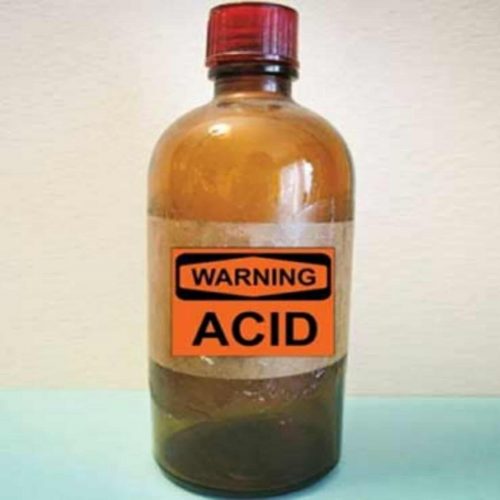
Acids are compounds that increase the amount of hydrogen ions (+ H) in water. Therefore, the amount of hydrogen ions (+ H) in the medium is a measure of the acidity of that medium. That is, the more hydrogen ions in the environment, the more acidic the environment.
General properties of acids:
Types of acids
1- Mineral acids that are formed from the combination of some elements with hydrogen. These acids are chemical and industrial and they can not be touched or smelled and special tools and equipment are used in the laboratory. Some of the strong mineral acids are:
And some of the weak mineral acids are: